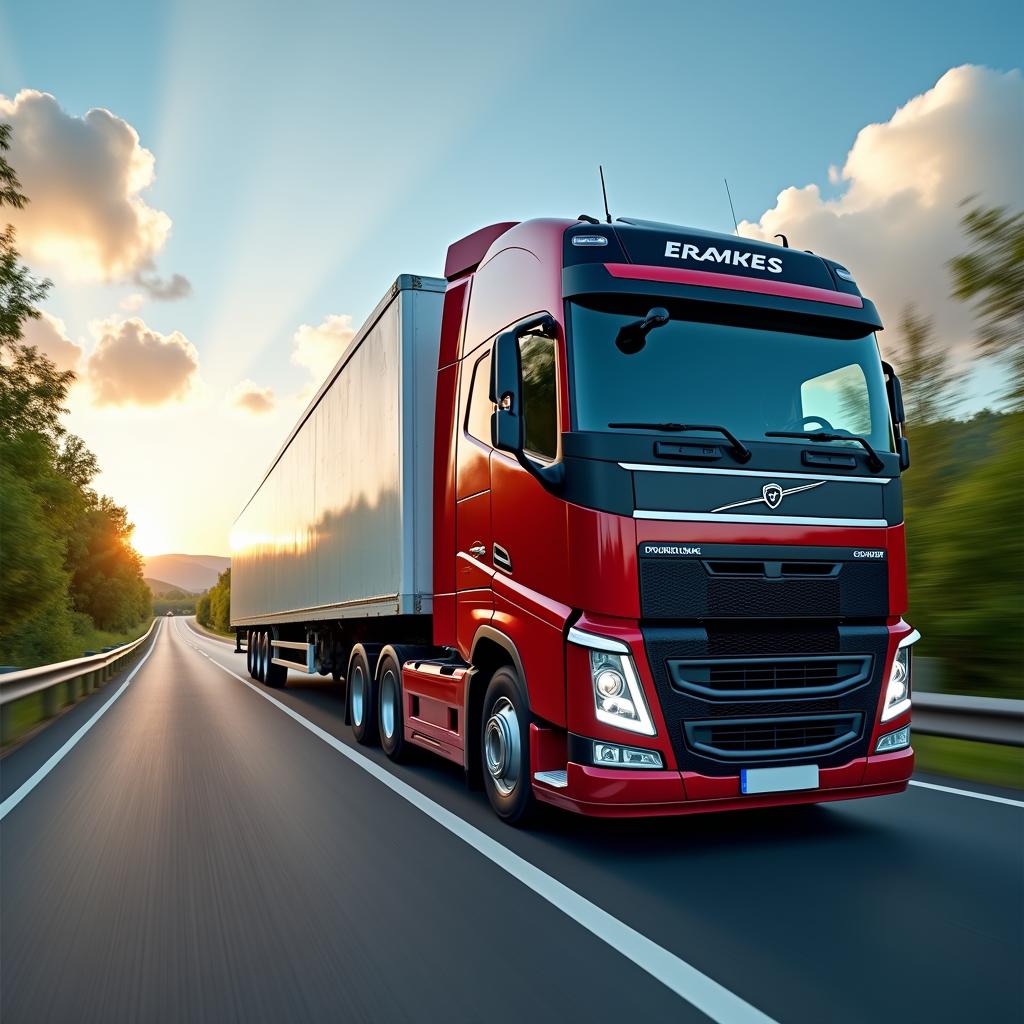How Trucking Companies Meet EPA Standards
In today’s environmentally conscious world, meeting EPA standards in trucking has become a critical focus for fleet operators and transportation companies. With increasing regulatory pressure and public demand for sustainable practices, trucking companies must adapt their operations to comply with strict environmental guidelines while maintaining operational efficiency. This comprehensive guide explores how modern trucking companies are successfully navigating EPA requirements while staying competitive in the industry.
Understanding Current EPA Standards for Trucking Companies
The Environmental Protection Agency (EPA) has established rigorous standards for commercial vehicles, particularly focusing on emissions reduction and fuel efficiency. These regulations are part of the agency’s broader initiative to combat climate change and improve air quality across the United States. The current standards require trucking companies to:
– Reduce greenhouse gas emissions
– Improve fuel efficiency
– Minimize particulate matter emissions
– Monitor and report environmental compliance
– Maintain proper emission control systems
According to the EPA’s vehicle emissions guidelines, heavy-duty trucks must meet increasingly stringent requirements through 2027 and beyond.
Technological Solutions for EPA Compliance
Modern trucking companies are leveraging various technological innovations to meet EPA standards while optimizing their operations. Here are the key technologies being implemented:
Advanced Engine Systems
– Selective Catalytic Reduction (SCR) systems
– Diesel Particulate Filters (DPF)
– Advanced exhaust gas recirculation systems
– Electronic control modules for optimal performance
Alternative Fuel Solutions
Many companies are transitioning to alternative fuel options, including:
– Compressed Natural Gas (CNG)
– Liquefied Natural Gas (LNG)
– Biodiesel blends
– Electric and hybrid-electric powertrains
Aerodynamic Improvements
Key aerodynamic modifications include:
– Side skirts and fairings
– Cab extenders
– Low rolling resistance tires
– Automatic tire inflation systems
Operational Strategies for Environmental Compliance
Meeting EPA standards isn’t just about technology—it’s also about smart operational practices. Successful trucking companies implement comprehensive strategies that include:
Driver Training Programs
– Fuel-efficient driving techniques
– Proper idle reduction practices
– Regular maintenance awareness
– Environmental compliance procedures
Fleet Management Optimization
– Route optimization software implementation
– Load planning and consolidation
– Regular maintenance scheduling
– Real-time performance monitoring
Maintenance Practices for EPA Compliance
Proper maintenance is crucial for meeting EPA standards in trucking. Companies must establish:
Regular Maintenance Schedules
– Engine diagnostics and tuning
– Emissions system inspections
– Filter replacements
– Fluid level monitoring
Preventive Maintenance Programs
1. Daily vehicle inspections
2. Weekly systems checks
3. Monthly comprehensive evaluations
4. Quarterly emissions testing
Cost Management and Financial Considerations
Implementing EPA compliance measures requires significant investment, but there are various strategies to manage costs:
Investment Planning
– Phased implementation of new technologies
– Strategic fleet replacement scheduling
– Grant and incentive program utilization
– Tax benefit maximization
Operating Cost Optimization
– Fuel efficiency improvements
– Maintenance cost reduction
– Insurance premium optimization
– Driver retention programs
Future-Proofing Your Trucking Operation
As EPA standards continue to evolve, forward-thinking companies are preparing for future requirements by:
– Investing in zero-emission vehicles
– Developing sustainable logistics practices
– Building partnerships with environmental technology providers
– Creating long-term sustainability plans
Research from the Department of Transportation indicates that companies embracing environmental compliance early often see long-term cost benefits and improved market positioning.
Emerging Technologies and Trends
– Electric truck development
– Hydrogen fuel cell applications
– Advanced telematics systems
– Autonomous vehicle integration
Conclusion
Meeting EPA standards in trucking is an ongoing challenge that requires dedication, investment, and strategic planning. However, companies that embrace these requirements often find themselves better positioned for long-term success in an increasingly environmentally conscious market.
Take the first step toward ensuring your trucking operation meets and exceeds EPA standards by partnering with industry experts who understand the complexities of environmental compliance. Our team of specialists can help you navigate regulatory requirements while optimizing your operations for maximum efficiency and profitability.
Contact us today at +1 206-337-4787 to discuss how we can help your trucking company achieve and maintain EPA compliance while building a sustainable, profitable future for your business. Let’s work together to create an environmentally responsible transportation solution that drives your success forward.






